The Rise of Self-Service Check-In Kiosks: Streamlining Air Travel
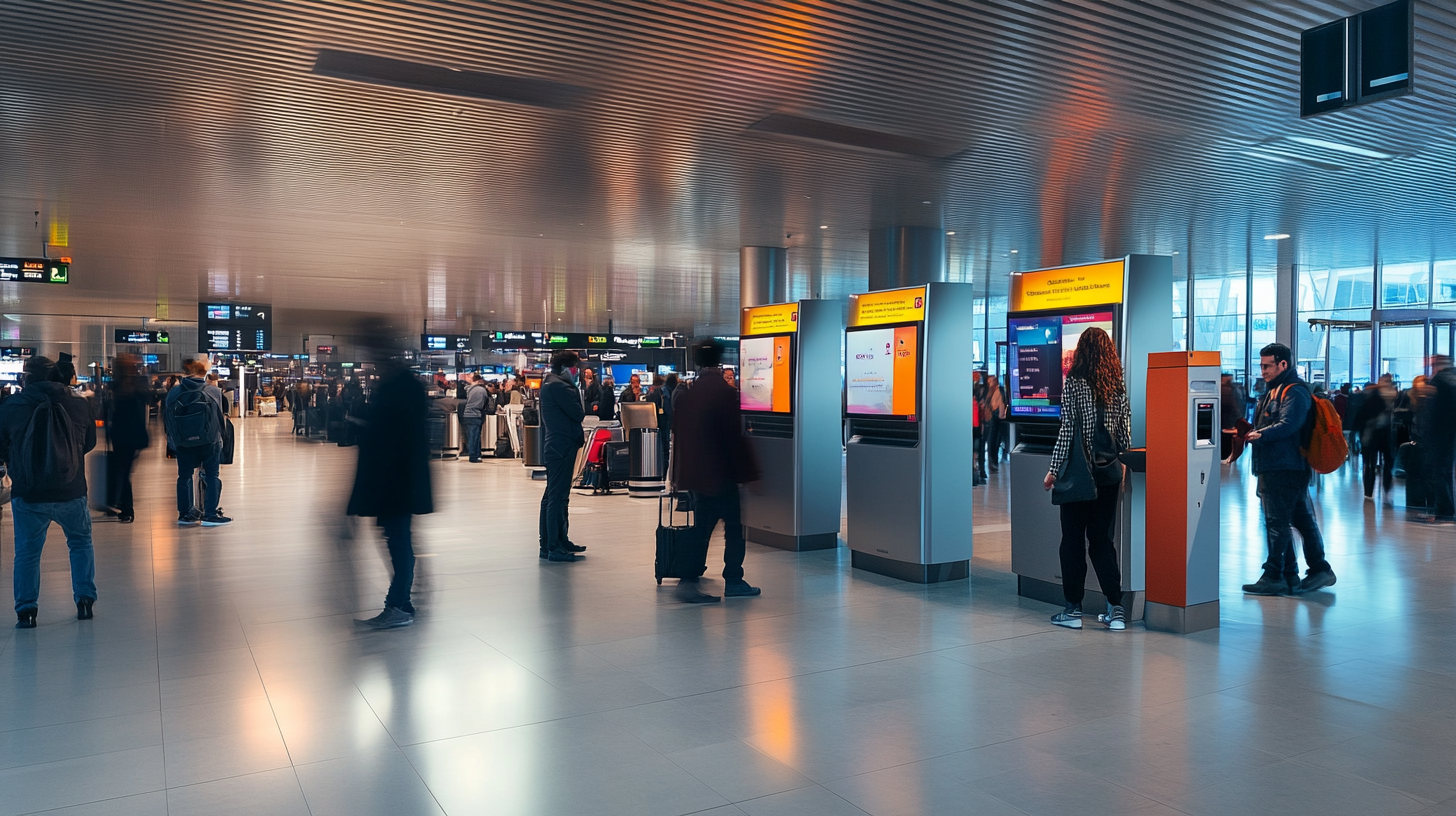
In recent years, the landscape of air travel has undergone a profound transformation, with airports worldwide embracing the technological advancements offered by self-service check-in kiosks. Gone are the days when passengers would stand in long queues, anxiously awaiting their turn at the check-in counter. Today, these innovative kiosks are reshaping the pre-flight experience, offering a seamless and efficient way for travelers to manage their journeys. By providing a range of services that enhance operational efficiency and passenger satisfaction, self-service check-in kiosks are at the forefront of revolutionizing air travel in the modern era.
Enhancing Efficiency and Reducing Wait Times
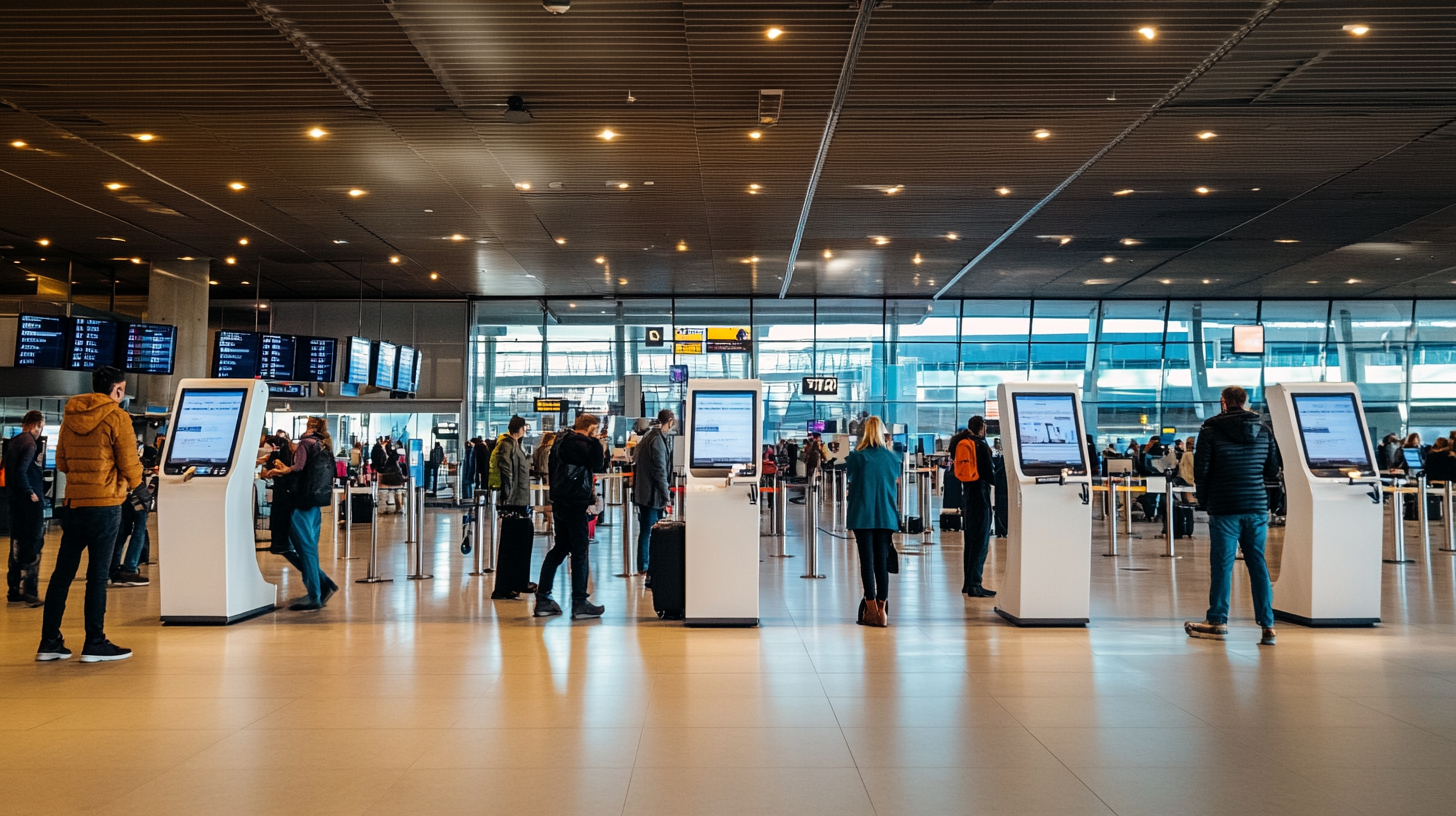
One of the primary benefits of self-service check-in kiosks is the significant reduction of queues at traditional check-in counters. No longer do passengers need to allocate extra time for potentially long lines; instead, they can swiftly complete necessary procedures at their own pace. According to a 2023 report by SITA, 83% of passengers prefer using kiosks over traditional counters, highlighting a significant shift in traveler preferences toward autonomy and speed. By allowing passengers to independently manage tasks such as check-in, seat selection, and baggage handling, these kiosks streamline airport operations and enhance overall passenger satisfaction, embodying the principles discussed in innovations in self-service airport technologies . The efficiency gained through the widespread adoption of kiosks is a testament to the industry’s commitment to improving the traveler experience.
User-Friendly Features for a Hassle-Free Experience
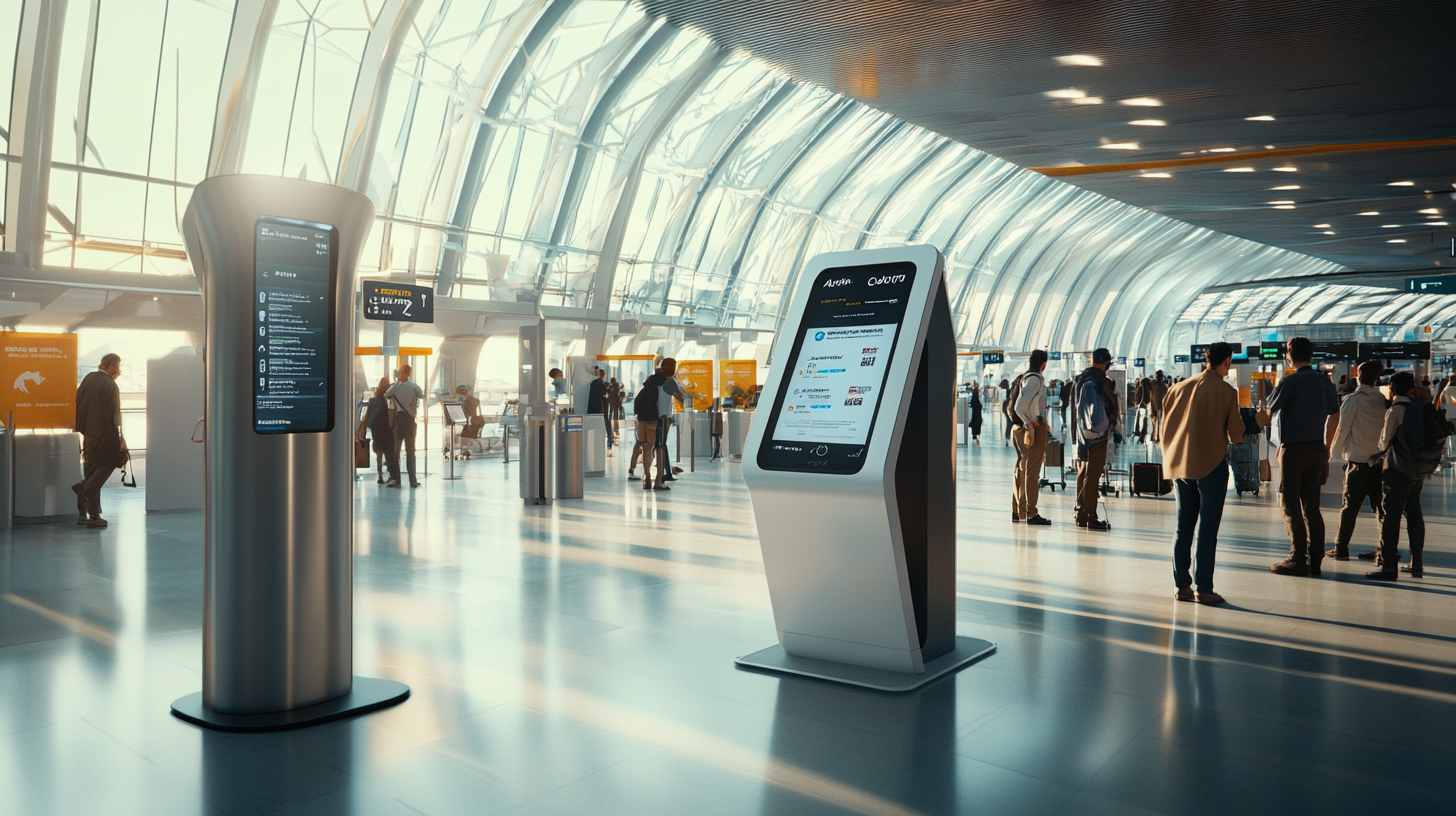
Self-service kiosks are meticulously designed with user convenience at the forefront, incorporating features such as intuitive touch-screen interfaces and multilingual support, as seen in state-of-the-art self check-in kiosk designs . Supporting multiple languages, they are accessible to international travelers from all corners of the globe, ensuring that language barriers do not impede the check-in process. Passengers can easily identify themselves using a variety of methods, including a credit card, passport, or flight information, providing flexibility and ease of use. Services offered through these kiosks include:
- Flight Check-In: Confirm flight details, manage seat assignments, and receive important updates about your journey.
- Baggage Handling: Input and pay for checked bags using a credit or prepaid debit card.
- Boarding Pass Printing: Quickly print boarding passes without waiting in line.
- Seat Selection: Choose or change seats, including last-minute preferences, with visual seat maps to simplify the process.
These features, as found in comprehensive self-service solutions for air travelers , empower passengers to take control of their travel experience, reducing reliance on airline staff and expediting the check-in process. For instance, a traveler running late can swiftly check in and select a preferred seat without the need to wait in line, ensuring a stress-free start to their journey. The autonomy provided by self-service kiosks translates to a more personalized and efficient travel experience.
Contactless Travel in a Post-Pandemic World
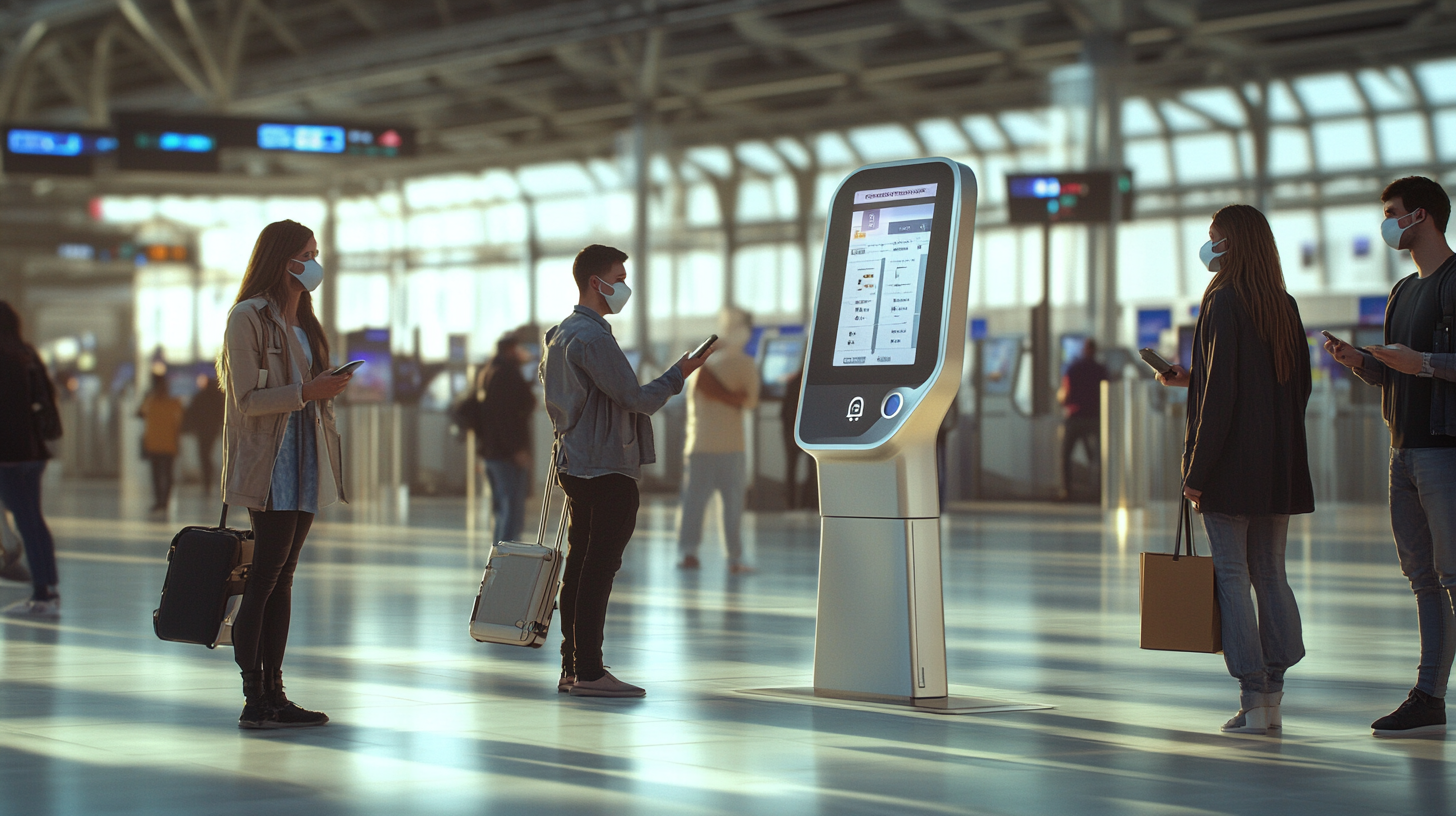
The COVID-19 pandemic profoundly impacted the aviation industry, accelerating the adoption of contactless technologies in airports worldwide. Concerned with health and safety, travelers and airport authorities alike sought solutions to minimize physical contact and potential virus transmission. In response, self-service kiosks have evolved to often incorporate advanced biometric technologies, such as facial recognition and fingerprint scanning. These innovations provide a safer, more hygienic option for passengers by reducing the need for physical touchpoints and limiting personal interactions with airport staff. The shift towards contactless travel not only addresses immediate health concerns but also paves the way for more efficient and secure passenger processing in the long term. These innovations align with the broader industry movement towards touchless airport experiences powered by biometric technology .
There are two common methods for utilizing biometric kiosks:
- Preregistering Biometrics: Passengers enroll their biometric data via airline apps before arriving at the airport, streamlining the check-in process upon arrival.
- On-site Enrollment: Passengers register directly at the kiosks during check-in, a convenient option for those who did not preregister.
This technology not only enhances safety but also significantly reduces wait times by accelerating identity verification processes. Passengers experience quicker transit through security checkpoints, and airlines benefit from more efficient boarding procedures. The integration of biometrics into self-service kiosks represents a pivotal advancement in creating a seamless, end-to-end contactless journey, as explored in future trends of biometric technology in air travel .
Global Adoption and Advanced Features

Major airports such as London Gatwick, Dubai International, JFK, and Hong Kong International have spearheaded the integration of advanced self-service kiosks to enhance passenger flow and satisfaction. By adopting state-of-the-art technologies, these hubs accommodate higher passenger volumes without compromising on service quality. These kiosks offer features beyond standard check-in processes, catering to varied passenger needs and further simplifying the travel experience. Some of these advanced features include:
- Currency Exchange Services: Facilitating last-minute currency needs, allowing passengers to exchange money conveniently without visiting separate counters.
- Real-Time Updates: Providing passengers with up-to-date flight information, gate changes, and boarding times directly at the kiosk.
The widespread implementation of these kiosks demonstrates a global commitment to enhancing the travel experience through technology. Airports leveraging these advanced features, as highlighted in case studies of self-service kiosk implementations at international airports , are setting new standards in passenger service and operational efficiency.
Benefits for Airlines and Airports

Airports and airlines benefit from self-service kiosks by:
- Reducing Operational Costs: Streamlining processes allows handling larger passenger volumes with fewer resources, ultimately lowering staffing costs and resource allocation for airlines and airports.
- Improving Queue Management: Better distribution of passengers reduces congestion and wait times, enhancing the flow within terminals and improving the overall airport environment.
- Enhancing Security: Biometric verification adds an extra layer of security to passenger processing, reducing the risk of identity fraud and increasing trust in the air travel system.
These advantages contribute to more efficient airport operations and improved passenger satisfaction. By adopting self-service kiosks, airlines and airports can allocate resources more effectively, focus on enhancing customer service in other areas, and stay competitive in a rapidly evolving industry, as discussed in strategic benefits of self-service kiosks for airline operations .
Future of Air Travel

The use of self-service check-in kiosks is expected to continue growing as technological advancements become increasingly integrated into the travel process. The International Air Transport Association (IATA) has reported a 50% increase in kiosk usage over the past decade, indicating a strong trend towards automation in air travel. Ongoing advancements in kiosk technology will likely introduce even more features, including enhanced biometric capabilities and greater integration with passenger data, further shaping the future of the industry. The evolution of these kiosks reflects a broader movement towards a fully digital and seamless passenger experience, as projected in future outlook on self-service technologies in aviation .
Final Thoughts
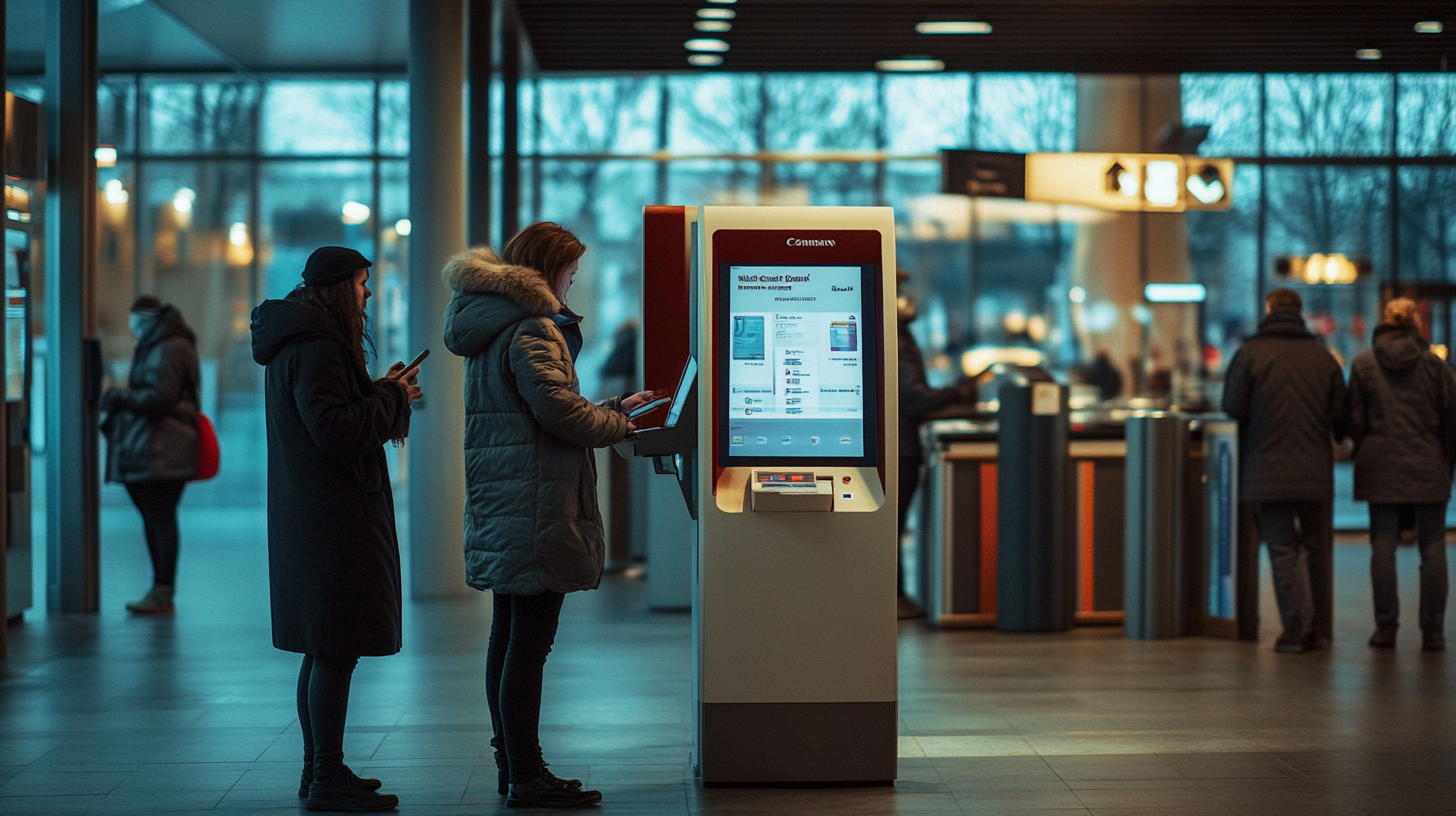
Self-service check-in kiosks have undeniably become an integral part of modern air travel, offering unparalleled convenience, efficiency, and enhanced safety for passengers. As technology continues to evolve, these kiosks will play an increasingly vital role in meeting the demands of growing passenger volumes and the need for streamlined airport experiences. The shift towards automation and self-service not only benefits travelers but also represents a significant advancement in the operational capabilities of airlines and airports.
Follow us back to Seat 5A for more insights and updates on the future of air travel. Travelers can look forward to a more autonomous and expedited journey from check-in to boarding, signifying a new era in air travel where technology and passenger empowerment take center stage, as the industry embraces innovations highlighted in emerging trends in self-service airport solutions .
This blog post was AI-written / human assisted.






